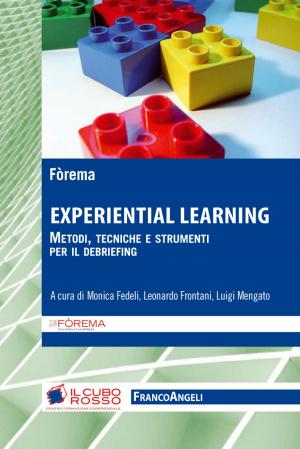50 Shapes of Chinese - Most frequent characters
50 Shapes of Chinese, #1
Nonfiction, Reference & Language, Language Arts, Alphabet, Foreign Languages, Chinese, Education & Teaching, Educational Theory, Adult & Continuing Education| Author: | Gilbert-C. Remillard | ISBN: | 9781386129776 |
| Publisher: | Gilbert-C. Remillard | Publication: | February 22, 2018 |
| Imprint: | Language: | English |
| Author: | Gilbert-C. Remillard |
| ISBN: | 9781386129776 |
| Publisher: | Gilbert-C. Remillard |
| Publication: | February 22, 2018 |
| Imprint: | |
| Language: | English |
Yes, it is truly possible to learn Chinese and you can have fun doing it!
The Chinese Blockbuster method is a pragmatic, yet entertaining approach to learn the most widely spoken language in the world. It uses funny, dramatic or true stories to imprint characters in your mind.
This first book of the new series 50 Shapes of Chinese is based on this method and presents 50 of the most frequent characters that you are bound to see everywhere while learning Chinese. It will teach you:
- How to recall these most frequent characters and the building blocks that compose both forms (simplified and traditional)
- How to remember their definitions
- How to memorize their pronunciation in Mandarin
It will help you bust out of the old mental blocks where learning Chinese was once deemed beyond reach. Take the challenge and you will see what an amazing feeling it is the first time you come across Chinese text, walk in a Chinatown of the world or are at the Beijing or Shanghai airport, and you realize that you can recognize some of these 50 most frequent Chinese characters.
Yes, it is truly possible to learn Chinese and you can have fun doing it!
The Chinese Blockbuster method is a pragmatic, yet entertaining approach to learn the most widely spoken language in the world. It uses funny, dramatic or true stories to imprint characters in your mind.
This first book of the new series 50 Shapes of Chinese is based on this method and presents 50 of the most frequent characters that you are bound to see everywhere while learning Chinese. It will teach you:
- How to recall these most frequent characters and the building blocks that compose both forms (simplified and traditional)
- How to remember their definitions
- How to memorize their pronunciation in Mandarin
It will help you bust out of the old mental blocks where learning Chinese was once deemed beyond reach. Take the challenge and you will see what an amazing feeling it is the first time you come across Chinese text, walk in a Chinatown of the world or are at the Beijing or Shanghai airport, and you realize that you can recognize some of these 50 most frequent Chinese characters.















